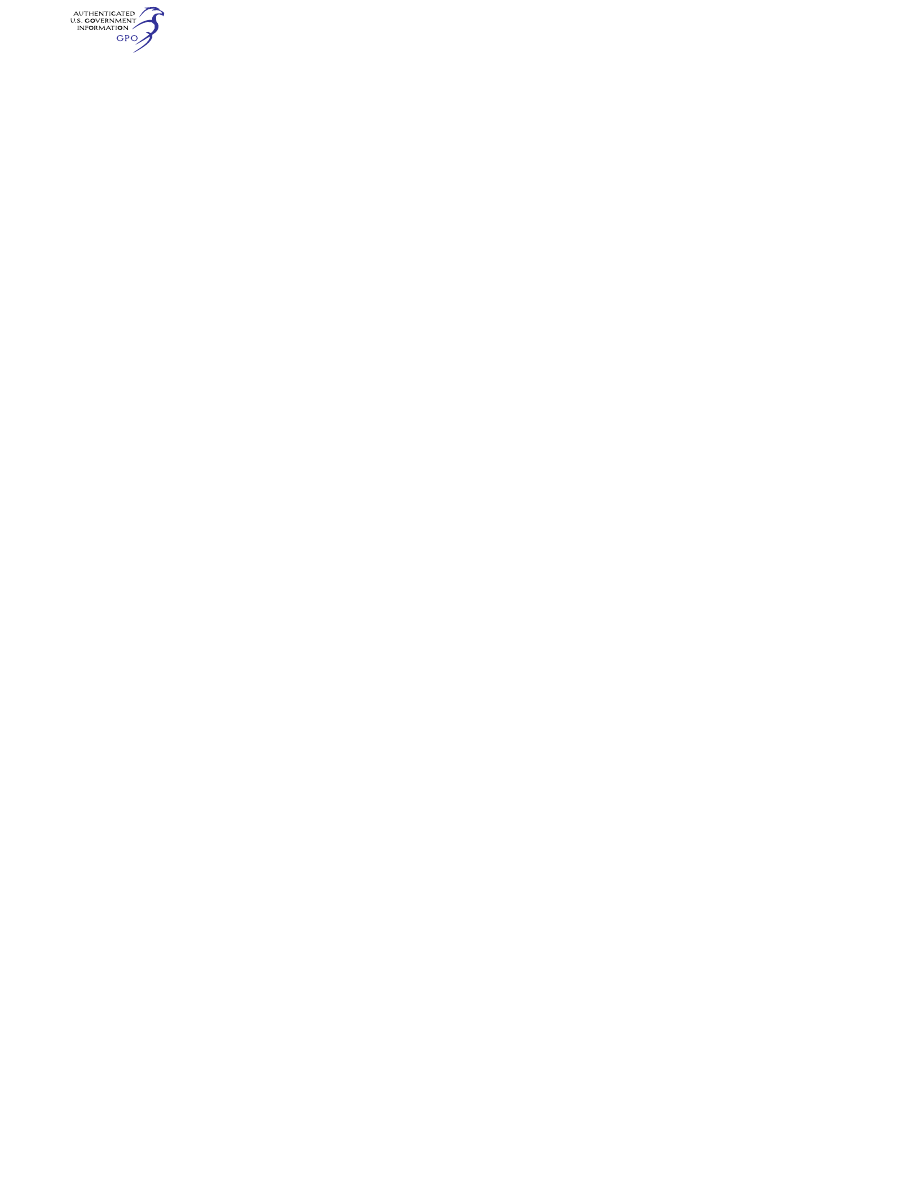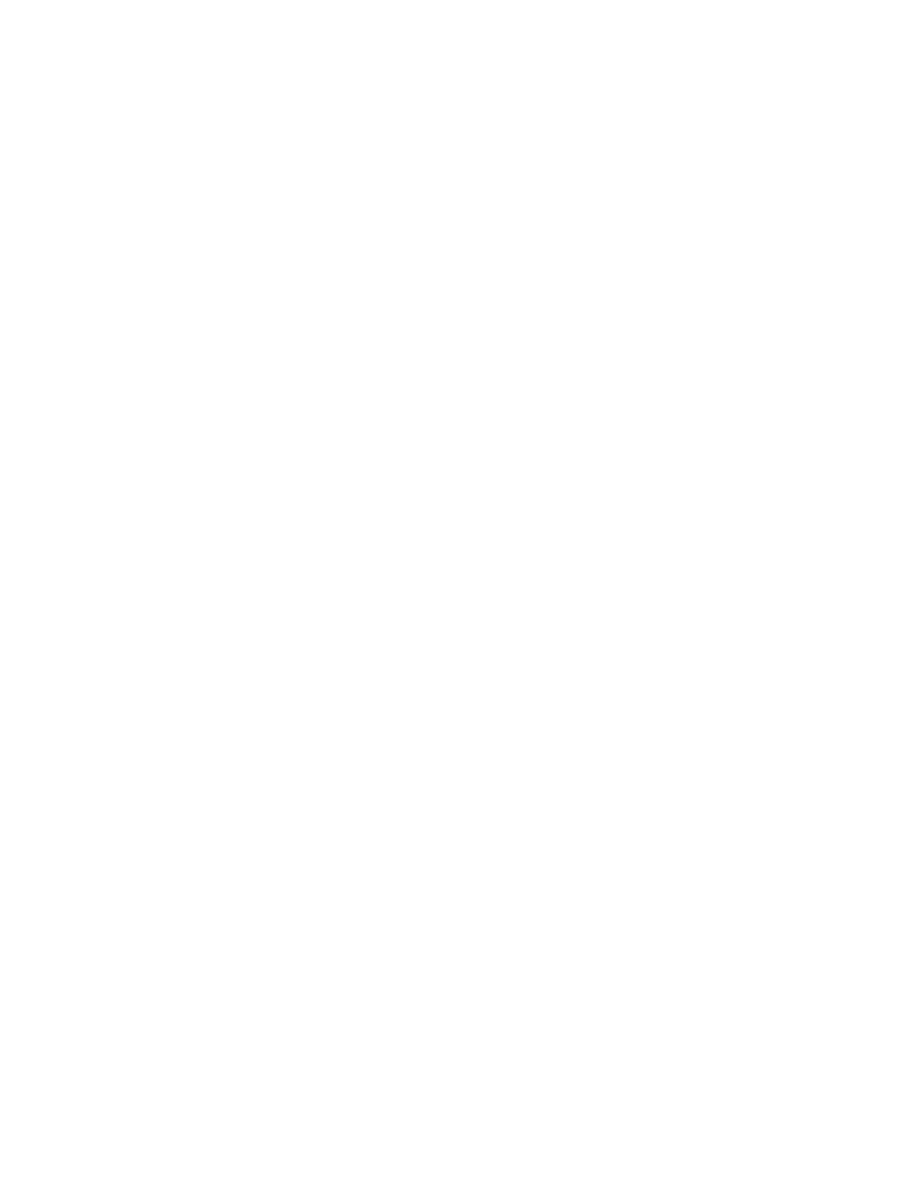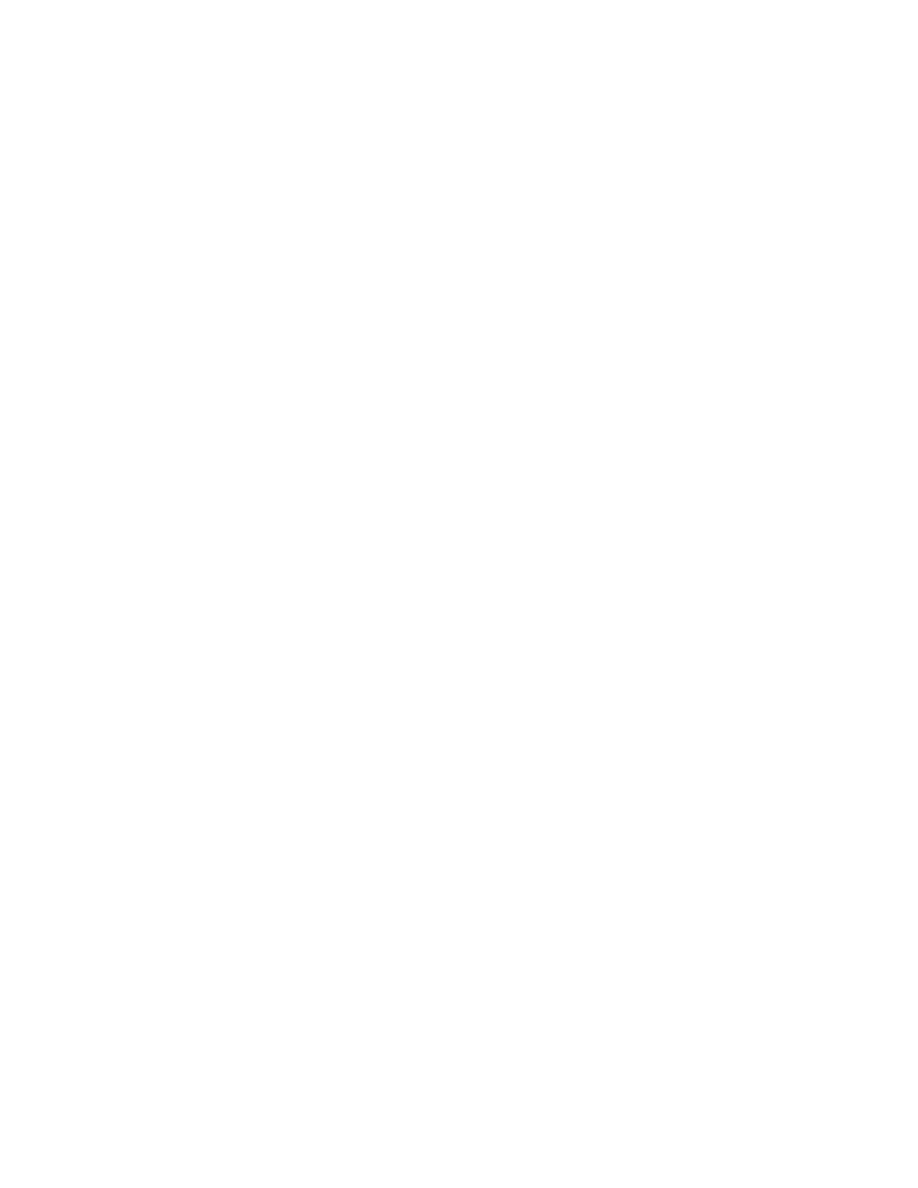
191
Federal Aviation Administration, DOT
§ 121.434
completed recurrent ground training
and a competence check; and
(iii) In addition, for pilots in com-
mand the person has satisfactorily
completed, within the preceding 6 cal-
endar months, recurrent flight training
in addition to the recurrent flight
training required in paragraph (c)(1)(i)
of this section, in an airplane in which
the person serves as pilot in command
in operations under this part.
(2) For pilots, a proficiency check as
provided in § 121.441 of this part may be
substituted for the recurrent flight
training required by this paragraph
and the approved FFS course of train-
ing under § 121.409(b) of this part may
be substituted for alternate periods of
recurrent flight training required in
that airplane, except as provided in
paragraphs (d) and (e) of this section.
(d) For each airplane in which a pilot
serves as pilot in command, the person
must satisfactorily complete either re-
current flight training or a proficiency
check within the preceding 12 calendar
months. The requirement in this para-
graph expires on March 12, 2019. After
that date, the requirement in
§ 121.441(a)(1)(ii) of this part applies.
(e) Notwithstanding paragraphs (c)(2)
and (d) of this section, a proficiency
check as provided in § 121.441 of this
part may not be substituted for the ex-
tended envelope training required by
§ 121.423 or training in those maneuvers
and procedures set forth in a certifi-
cate holder’s approved low-altitude
windshear flight training program
when that program is included in a re-
current flight training course as re-
quired by § 121.409(d) of this part.
[Doc. No. 9509, 35 FR 95, Jan. 3, 1970, as
amended by Amdt. 121–91, 37 FR 10729, May
27, 1972; Amdt. 121–199, 53 FR 37697, Sept. 27,
1988; Amdt. 121–366, 78 FR 67840, Nov. 12, 2013;
Amdt. 121–382, 85 FR 10925, Feb. 25, 2020]
§ 121.434 Operating experience, oper-
ating cycles, and consolidation of
knowledge and skills.
(a) No certificate holder may use a
person nor may any person serve as a
required crewmember of an airplane
unless the person has satisfactorily
completed, on that type airplane and in
that crewmember position, the oper-
ating experience, operating cycles, and
the line operating flight time for con-
solidation of knowledge and skills, re-
quired by this section, except as fol-
lows:
(1) Crewmembers other than pilots in
command may serve as provided herein
for the purpose of meeting the require-
ments of this section.
(2) Pilots who are meeting the pilot
in command requirements may serve as
second in command.
(3) Separate operating experience, op-
erating cycles, and line operating
flight time for consolidation of knowl-
edge and skills are not required for
variations within the same type air-
plane.
(4) Deviation based upon designation
of related aircraft in accordance with
§ 121.418(b).
(i) The Administrator may authorize
a deviation from the operating experi-
ence, operating cycles, and line oper-
ating flight time for consolidation of
knowledge and skills required by this
section based upon a designation of re-
lated aircraft in accordance with
§ 121.418(b) of this part and a determina-
tion that the certificate holder can
demonstrate an equivalent level of
safety.
(ii) A request for deviation from the
operating experience, operating cycles,
and line operating flight time for con-
solidation of knowledge and skills re-
quired by this section based upon a des-
ignation of related aircraft must be
submitted to the Administrator. The
request must include the following:
(A) Identification of aircraft operated
by the certificate holder designated as
related aircraft.
(B) Hours of operating experience and
number of operating cycles necessary
based on review of the related aircraft,
the operation, and the duty position.
(C) Consolidation hours necessary
based on review of the related aircraft,
the operation, and the duty position.
(iii) The administrator may, at any
time, terminate a grant of deviation
authority issued under this paragraph
(a)(4).
(b) In acquiring the operating experi-
ence, operating cycles, and line oper-
ating flight time for consolidation of
knowledge and skills, crewmembers
must comply with the following:

192
14 CFR Ch. I (1–1–24 Edition)
§ 121.434
(1) In the case of a flight crew-
member, the person must hold the ap-
propriate certificates and ratings for
the crewmember position and the air-
plane, except that a pilot who is meet-
ing the pilot in command requirements
must hold the appropriate certificates
and ratings for a pilot in command in
the airplane.
(2) The operating experience, oper-
ating cycles, and line operating flight
time for consolidation of knowledge
and skills must be acquired after satis-
factory completion of the appropriate
ground and flight training for the par-
ticular airplane type and crewmember
position.
(3) In the case of a pilot who satisfac-
torily completed the preflight visual
inspection of an aircraft by approved
pictorial means during an initial, tran-
sition, conversion, or upgrade pro-
ficiency check, the pilot must also
demonstrate proficiency to a check
pilot on at least one complete preflight
visual inspection of the interior and ex-
terior of a static airplane. This dem-
onstration of proficiency must be com-
pleted by the pilot and certified by the
check pilot before the completion of
operating experience.
(4) The experience must be acquired
inflight during operations under this
part. However, in the case of an air-
craft not previously used by the certifi-
cate holder in operations under this
part, operating experience acquired in
the aircraft during proving flights or
ferry flights may be used to meet this
requirement.
(c) Pilot crewmembers must acquire
operating experience and operating cy-
cles as follows:
(1) A pilot in command must—
(i) Perform the duties of a pilot in
command under the supervision of a
check pilot; and
(ii) For a qualifying pilot in com-
mand completing initial or upgrade
training specified in § 121.424 or
§ 121.426, be observed in the perform-
ance of prescribed duties by an FAA in-
spector during at least one flight leg
which includes a takeoff and landing.
During the time that a qualifying pilot
in command is acquiring the operating
experience in paragraphs (c)(l)(i) and
(ii) of this section, a check pilot who is
also serving as the pilot in command
must occupy a pilot station. However,
in the case of a transitioning pilot in
command the check pilot serving as
pilot in command may occupy the ob-
server’s seat, if the transitioning pilot
has made at least two takeoffs and
landings in the type airplane used, and
has satisfactorily demonstrated to the
check pilot that he is qualified to per-
form the duties of a pilot in command
of that type of airplane.
(2) A second in command pilot must
perform the duties of a second in com-
mand under the supervision of an ap-
propriately qualified check pilot.
(3) The hours of operating experience
and operating cycles for all pilots are
as follows:
(i) For initial training, 15 hours in
Group I reciprocating powered air-
planes, 20 hours in Group I turbo-
propeller powered airplanes, and 25
hours in Group II airplanes. Operating
experience in both airplane groups
must include at least 4 operating cy-
cles (at least 2 as the pilot flying the
airplane).
(ii) For transition training, except as
provided in paragraph (c)(3)(iii) of this
section, 10 hours in Group I recipro-
cating powered airplanes, 12 hours in
Group I turbopropeller powered air-
planes, 25 hours for pilots in command
in Group II airplanes, and 15 hours for
second in command pilots in Group II
airplanes. Operating experience in both
airplane groups must include at least 4
operating cycles (at least 2 as the pilot
flying the airplane).
(iii) In the case of transition training
where the certificate holder’s approved
training program includes a course of
training in an FFS under § 121.409(c),
each pilot in command must comply
with the requirements prescribed in
paragraph (c)(3)(i) of this section for
initial training.
(d) A flight engineer must perform
the duties of a flight engineer under
the supervision of a check airman or a
qualified flight engineer for at least
the following number of hours:
(1) Group I reciprocating powered air-
planes, 8 hours.
(2) Group I turbopropeller powered
airplanes, 10 hours.
(3) Group II airplanes, 12 hours.

193
Federal Aviation Administration, DOT
§ 121.434
(e) A flight attendant must, for at
least 5 hours, perform the assigned du-
ties of a flight attendant under the su-
pervision of a flight attendant super-
visor qualified under this part who per-
sonally observes the performance of
these duties. However, operating expe-
rience is not required for a flight at-
tendant who has previously acquired
such experience on any large passenger
carrying airplane of the same group, if
the certificate holder shows that the
flight attendant has received sufficient
ground training for the airplane in
which the flight attendant is to serve.
Flight attendants receiving operating
experience may not be assigned as a re-
quired crewmember. Flight attendants
who have satisfactorily completed
training time acquired in an approved
training program conducted in a full-
scale (except for length) cabin training
device of the type airplane in which
they are to serve may substitute this
time for 50 percent of the hours re-
quired by this paragraph.
(f) Flight crewmembers may sub-
stitute one additional takeoff and land-
ing for each hour of flight to meet the
operating experience requirements of
this section, up to a maximum reduc-
tion of 50% of flight hours, except
those in Group II initial training, and
second in command pilots in Group II
transition training.
(g) Except as provided in paragraph
(h) of this section, pilot in command
and second in command crewmembers
must each acquire at least 100 hours of
line operating flight time for consoli-
dation of knowledge and skills (includ-
ing operating experience required
under paragraph (c) of this section)
within 120 days after the satisfactory
completion of:
(1) Any part of the flight maneuvers
and procedures portion of either an air-
line transport pilot certificate with
type rating practical test or an addi-
tional type rating practical test, or
(2) A § 121.441 proficiency check.
(h) The following exceptions apply to
the consolidation requirement of para-
graph (g) of this section:
(1) Pilots who have qualified and
served as pilot in command or second
in command on a particular type air-
plane in operations under this part be-
fore August 25, 1995 are not required to
complete line operating flight time for
consolidation of knowledge and skills.
(2) Pilots who have completed the
line operating flight time requirement
for consolidation of knowledge and
skills while serving as second in com-
mand on a particular type airplane in
operations under this part after August
25, 1995 are not required to repeat the
line operating flight time before serv-
ing as pilot in command on the same
type airplane.
(3) If, before completing the required
100 hours of line operating flight time,
a pilot serves as a pilot in another air-
plane type operated by the certificate
holder, the pilot may not serve as a
pilot in the airplane for which the pilot
has newly qualified unless the pilot
satifactorily completes refresher train-
ing as provided in the certificate hold-
er’s approved training program and
that training is conducted by an appro-
priately qualified instructor or check
pilot.
(4) If the required 100 hours of line
operating flight time are not com-
pleted within 120 days, the certificate
holder may extend the 120-day period
to no more than 150 days if—
(i) The pilot continues to meet all
other applicable requirements of sub-
part O of this part; and
(ii) On or before the 120th day the
pilot satisfactorily completes refresher
training conducted by an appropriately
qualified instructor or check pilot as
provided in the certificate holder’s ap-
proved training program, or a check
pilot determines that the pilot has re-
tained an adequate level of proficiency
after observing that pilot in a super-
vised line operating flight.
(5) The Administrator, upon applica-
tion by the certificate holder, may au-
thorize deviations from the require-
ments of paragraph (g) of this section,
by an appropriate amendment to the
operations specifications, to the extent
warranted by any of the following cir-
cumstances:
(i) A newly certificated certificate
holder does not employ any pilots who
meet the minimum requirements of
paragraph (g) of this section.
(ii) An existing certificate holder
adds to its fleet an airplane type not
before proven for use in its operations.

194
14 CFR Ch. I (1–1–24 Edition)
§ 121.435
(iii) A certificate holder establishes a
new domicile to which it assigns pilots
who will be required to become quali-
fied on the airplanes operated from
that domicile.
(i) Notwithstanding the reductions in
programmed hours permitted under
§§ 121.405 and 121.409 of subpart N of this
part, the hours of operating experience
for crewmembers are not subject to re-
duction other than as provided in ac-
cordance with a deviation authorized
under paragraph (a) of this section or
as provided in paragraphs (e) and (f) of
this section.
[Doc. No. 9509, 35 FR 95, Jan. 3, 1970, as
amended by Amdt. 121–74, 36 FR 12284, June
30, 1971; Amdt. 121–91, 37 FR 10729, May 27,
1972; Amdt. 121–140, 43 FR 9599, Mar. 9, 1978;
Amdt. 121–144, 43 FR 22647, May 25, 1978;
Amdt. 121–159, 45 FR 41593, June 19, 1980;
Amdt. 121–248, 60 FR 20870, Apr. 27, 1995;
Amdt. 121–366, 78 FR 67840, Nov. 12, 2013;
Amdt. 121–382, 85 FR 10925, Feb. 25, 2020]
§ 121.435 Pilots: Operations Famil-
iarization.
(a)
Applicability.
The operations fa-
miliarization requirements in para-
graph (b) of this section apply to all
persons newly hired by the certificate
holder to serve as a pilot in part 121 op-
erations and who began the certificate
holder’s basic indoctrination ground
training on or after April 27, 2022. The
requirements in paragraph (b) of this
section also apply to all certificate
holders required to comply with this
subpart, except for those certificate
holders operating under part 135 of this
chapter that have been authorized to
comply with this subpart instead of the
requirements of part 135, subparts E, G,
and H, pursuant to § 135.3(c), and those
fractional ownership program man-
agers operating under part 91, subpart
K, of this chapter that have been au-
thorized to comply with this subpart
instead of §§ 91.1065 through 91.1107, pur-
suant to § 91.1063(b) of this chapter.
(b)
Operations familiarization require-
ments.
(1) No certificate holder may
use, and no person may serve as, a pilot
in operations under this part unless
that person has completed the oper-
ations familiarization required by this
paragraph (b). Operations familiariza-
tion may be completed during or after
basic indoctrination training, but must
be completed before the pilot begins
operating experience under § 121.434.
(2) Operations familiarization must
include at least two operating cycles
conducted by the certificate holder in
accordance with the operating rules of
this part.
(3) All pilots completing operations
familiarization must occupy the ob-
server seat on the flight deck and have
access to and use an operational head-
set.
(c)
Deviation.
(1) A certificate holder
who operates an aircraft that does not
have an observer seat on the flight
deck may submit a request to the Ad-
ministrator for approval of a deviation
from the requirements of paragraphs
(a) and (b) of this section.
(2) A request for deviation from any
of the requirements in paragraphs (a)
and (b) of this section must include the
following information:
(i) The total number and types of air-
craft operated by the certificate holder
in operations under this part that do
not have an observer seat on the flight
deck;
(ii) The total number and types of
aircraft operated by the certificate
holder in operations under this part
that do have an observer seat on the
flight deck; and
(iii) Alternative methods for achiev-
ing the objectives of this section.
(3) A certificate holder may request
an extension of a deviation issued
under this section.
(4) Deviations or extensions to devi-
ations will be issued for a period not to
exceed 12 months.
[Amdt. 121–382, 85 FR 10925, Feb. 25, 2020]
§ 121.436 Pilot Qualification: Certifi-
cates and experience requirements.
(a) No certificate holder may use nor
may any pilot act as pilot in command
of an aircraft (or as second in command
of an aircraft in a flag or supplemental
operation that requires three or more
pilots) unless the pilot:
(1) Holds an airline transport pilot
certificate not subject to the limita-
tions in § 61.167 of this chapter;
(2) Holds an appropriate aircraft type
rating for the aircraft being flown; and
(3) If serving as pilot in command in
part 121 operations, has 1,000 hours as:



